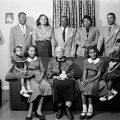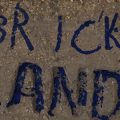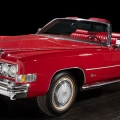¡Presente! Activity Guide
The Smithsonian’s new activity guide welcomes all ages to explore the American Latino Museum’s first exhibition, “¡Presente! A Latino History of the United States.”
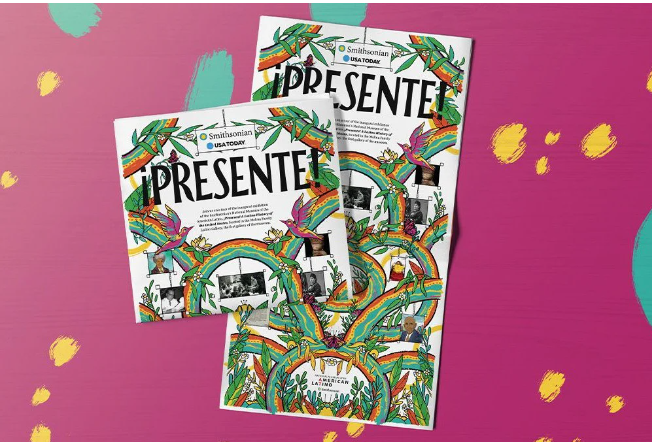
Read
On a bright June morning, the National Museum of the American Latino opened its first gallery and its first exhibition telling the story of the Latino community in the United States. The Molina Family Latino Gallery stands as a space to ensure that Latinos are represented in the nation’s museums all year long. Twenty-five years after the establishment of the Smithsonian Center for Latino Initiatives, this final puzzle piece was accomplished as laid out in Towards a Shared Vision. The gallery, a space that is both reflective and future forward, will house several exhibitions over the next decade, telling the story of U.S. Latino history and culture. ¡Presente! A Latino History of the United States, is the inaugural exhibit and highlights important moments, people, and events in both Latino and U.S. history tracing the community’s long history of contributions from showcasing Indigenous communities of New Mexico that still practice their culture to highlighting community members breaking barriers and building community, such as changemaker Dolores Huerta, Supreme Court Justice Sonia Sotomayor, and business leader Maria Rios.
Join us for a tour of this landmark exhibition through the Smithsonian and USA TODAY collaboration ¡Presente! A Latino History of the United States Print Edition. This edition, available here, provides highlights of the five main exhibition components starting with “Colonial Legacies” and wrapping the tour with “Latinos Breaking Boundaries.” Be on the lookout to meet new people like María Ruiz de Burton, the first published Mexican American author to write in English, or check out cool objects like Mark Gonzales’ skateboard, which he used to pioneer the street style of the sport in California during the 1980s. Along the way, enjoy reading about Latino history and making new connections as we celebrate the start of Hispanic Heritage Month!
Do
In the guide, you will also have an opportunity to do fun activities. Test your vocabulary skills and learn about Latino identity labels and which is more appropriate to use Latino or Hispanic. Become inspired by Judy Baca’s murals and create your own mural that highlights your own important story. Or explore your community and visit your local library where you can still find Encarnación Pinedo’s book, titled “Encarnacion’s Kitchen.” There is so much to learn and do within these pages. You can even go onto our gallery website and explore 3D digitized objects of some of the Smithsonian’s most interesting collections, like an Albion Printing Press, the inkjet of the 1800’s!
The Big Idea
While this guide is a small window into a community with a long legacy, it helps us understand the importance and contribution of the Latino community within United States history. It is through looking back that we are able to understand who we are today and where we can go in the future. As you read these pages, think about your own history and how your community has helped shape the American narrative. Join us and discover new stories that help shape our American story. Our Latino history is American History.
There is much for us left to uncover and learn, visit our website where new programs, exhibitions, and resources are posted. Let your curiosity be your guide to lifelong learning!
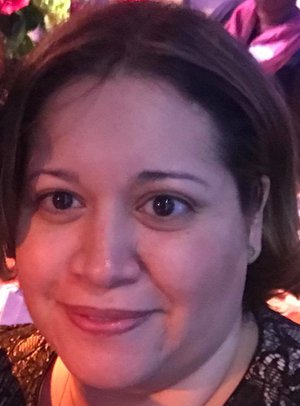
Emily Key is the Director of Education at the National Museum of the American Latino. She has developed national bilingual programming, community engagement, K-12 aligned educator resources, and publications, including the nationally recognized youth leadership program, the Young Ambassadors Program (YAP). In addition, Ms. Key is responsible for the creation of the Learning Lounge and its correlative educational programming for the Molina Family Latino Gallery now open at the National Museum of American History.
This article was originally published by the Smithsonian magazine blog, Smithsonian Voices. Copyright 2022 Smithsonian Institution. Reprinted with permission from Smithsonian Enterprises. All rights reserved. Reproduction in any medium is strictly prohibited without permission from Smithsonian Institution.
Posted: 16 September 2022
-
Categories:
Collaboration , Education, Access & Outreach , Feature Stories , History and Culture
